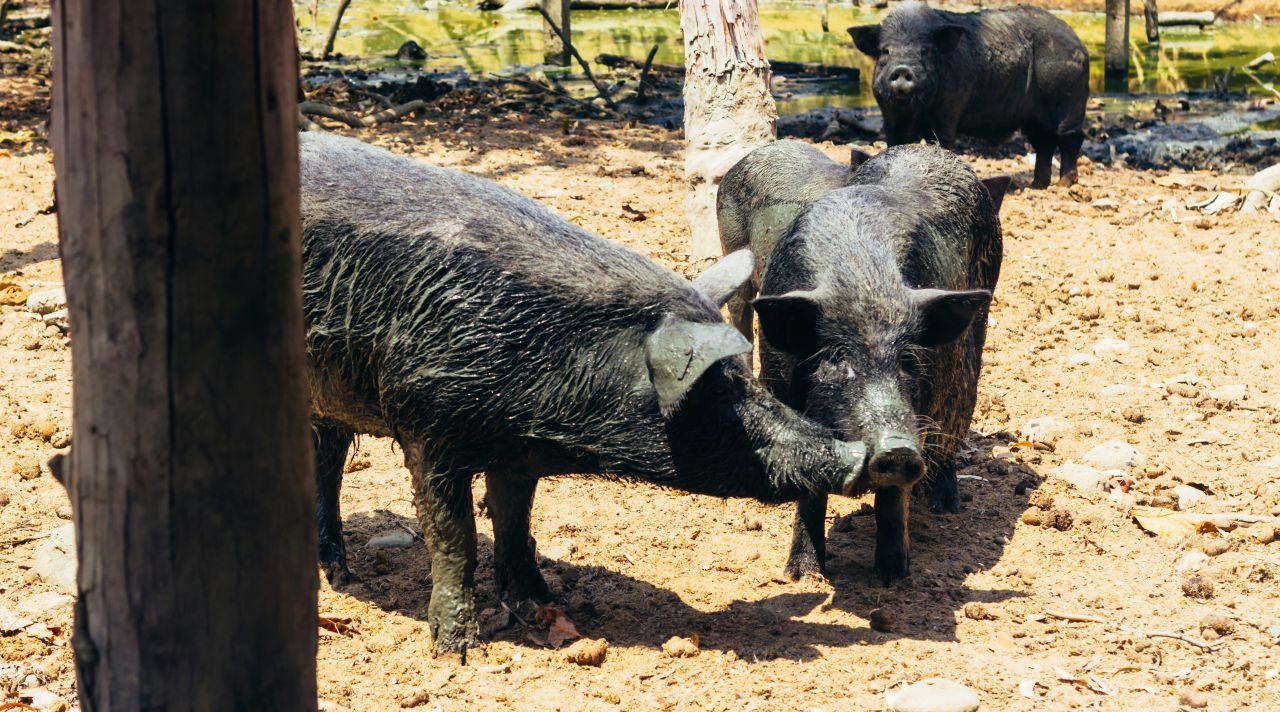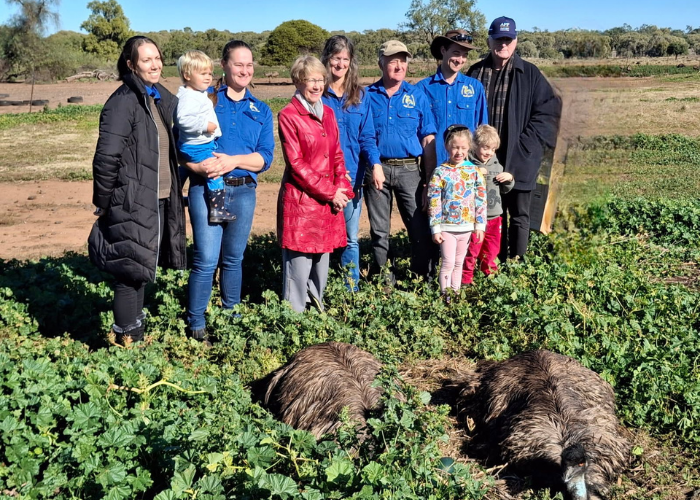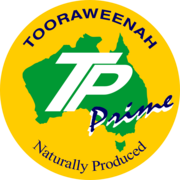Major rethink on cattle methane emissions
Kristin Murdock
08 July 2025, 9:20 PM
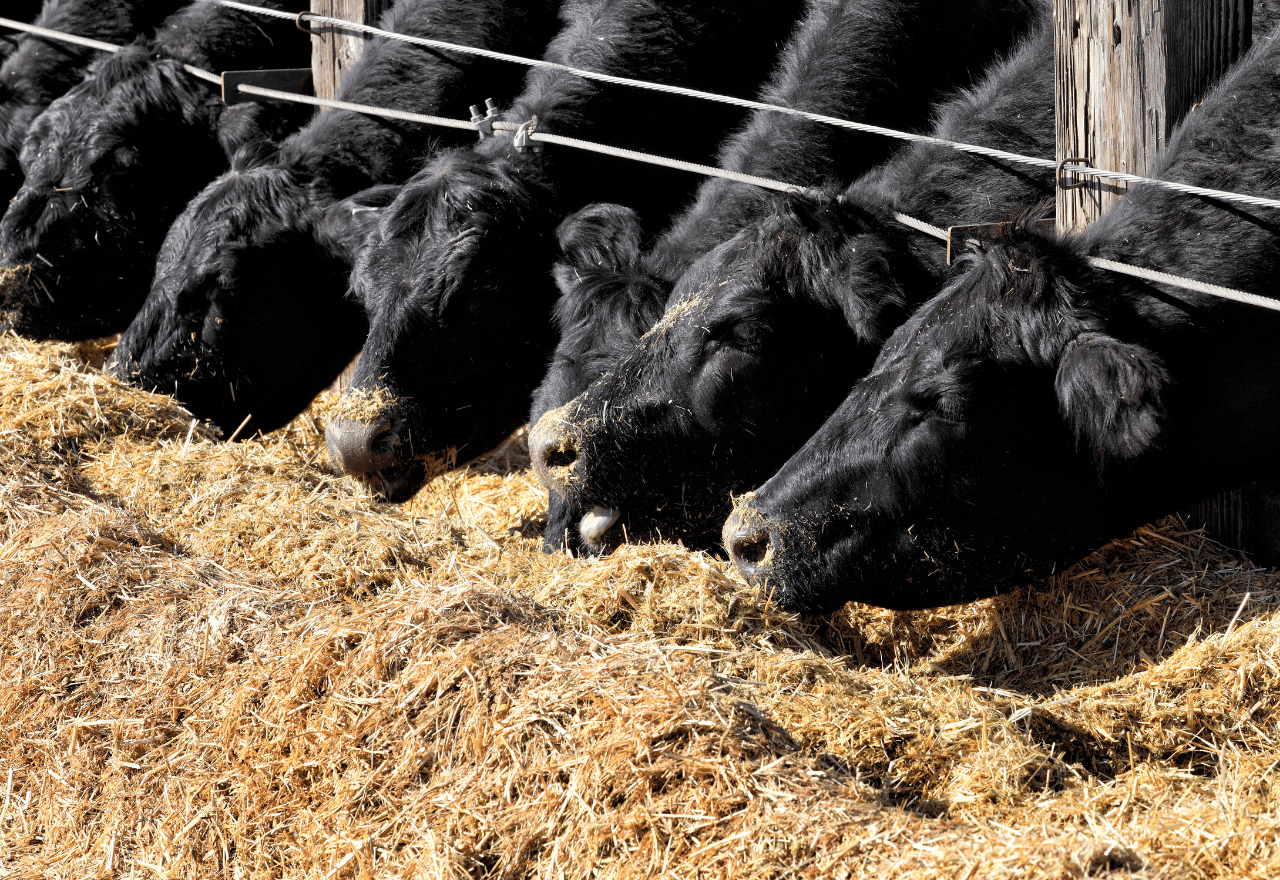 Lot fed cattle may have been the victims of decades of misinformed reporting.
Lot fed cattle may have been the victims of decades of misinformed reporting.A breakthrough in emissions research has delivered welcome news to Australia’s beef feedlot sector, with new data showing that methane emissions from grain-fed cattle are significantly lower than previously reported.
Until recently, the National Greenhouse Accounts relied on a 1979 equation by Moe and Tyrrell which is based on dairy cattle in the United States, to estimate methane emissions in Australian feedlots.
The latest data indicates that emissions from cattle may have been over-stated by more than fifty per cent.
However, differences in diet, breed, and production systems between American dairy cattle and Australian grain-fed beef cattle meant the numbers were never truly representative.
Meat & Livestock Australia (MLA) Managing Director Michael Crowley said the development of a new, Australian-specific methodology has provided the industry with a far more accurate understanding of its environmental impact.
“The development of an Australian-specific methodology for calculating Australian grain-fed cattle emissions is a helpful step forward for the feedlot industry,” Mr Crowley said.
“As technology has improved over time, measurements have become more accurate and now we have proven through thorough research that grain-fed cattle have lower emissions than previously thought.”
The new equation developed by the University of New England (UNE) in collaboration with MLA and the Australian Lot Feeders’ Association (ALFA) shows that methane emissions from feedlot cattle were overestimated by up to 56 per cent under the previous system.
Decades of misinformed reporting now corrected
Jack Johnston from MLA explained to the Western Plains App just how substantial this change is.
“It’s significant."
"The new equation shows emissions are 56 per cent lower than previously reported over the last five years,” he said.
“The old equation was based on 1970s data from American dairy cattle.
"That’s hardly a match for today’s grain-fed beef cattle in Australian feedlots.”
UNE Professor of Livestock Production, Frances Cowley, said their research focused on evaluating methane emissions from cattle fed tempered barley-based diets which is standard in Australia but vastly different from the hay and silage diets fed to dairy cattle in the original study.
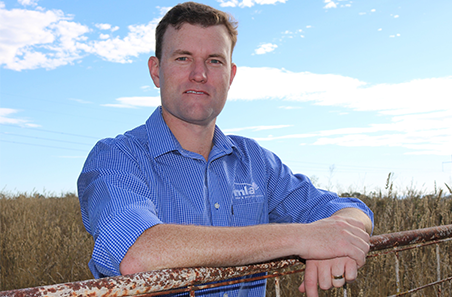
Meat & Livestock Australia Managing Director Michael Crowley is one of many industry professionals excited by new methane findings.
“The research involved analysis of previous methane studies on livestock as well as new measurements at UNE’s facilities,” she said.
“The data supported the theory that Australian cattle on typical feedlot diets produce significantly fewer emissions than the outdated Moe and Tyrrell equation suggested.”
Importantly, the federal government has now officially adopted the new methodology and backdated emission reports, some up to 20 years old, using the updated formula.
A New Baseline for Better Sustainability
President of ALFA, Grant Garey, said this scientific advancement marks a milestone for the feedlot sector’s long-standing efforts to reduce emissions.
“ALFA and MLA have partnered in researching and developing tools to address the climate challenge for over 20 years,” he said.
“This recent advancement gives us the tools to better target methane reduction efforts within the feedlot industry.
"With an accurate baseline now established, the industry can focus more effectively on sustainability goals.
“The research provides lot feeders with accurate information to meet the growing demand for climate-related evidence and reporting.”
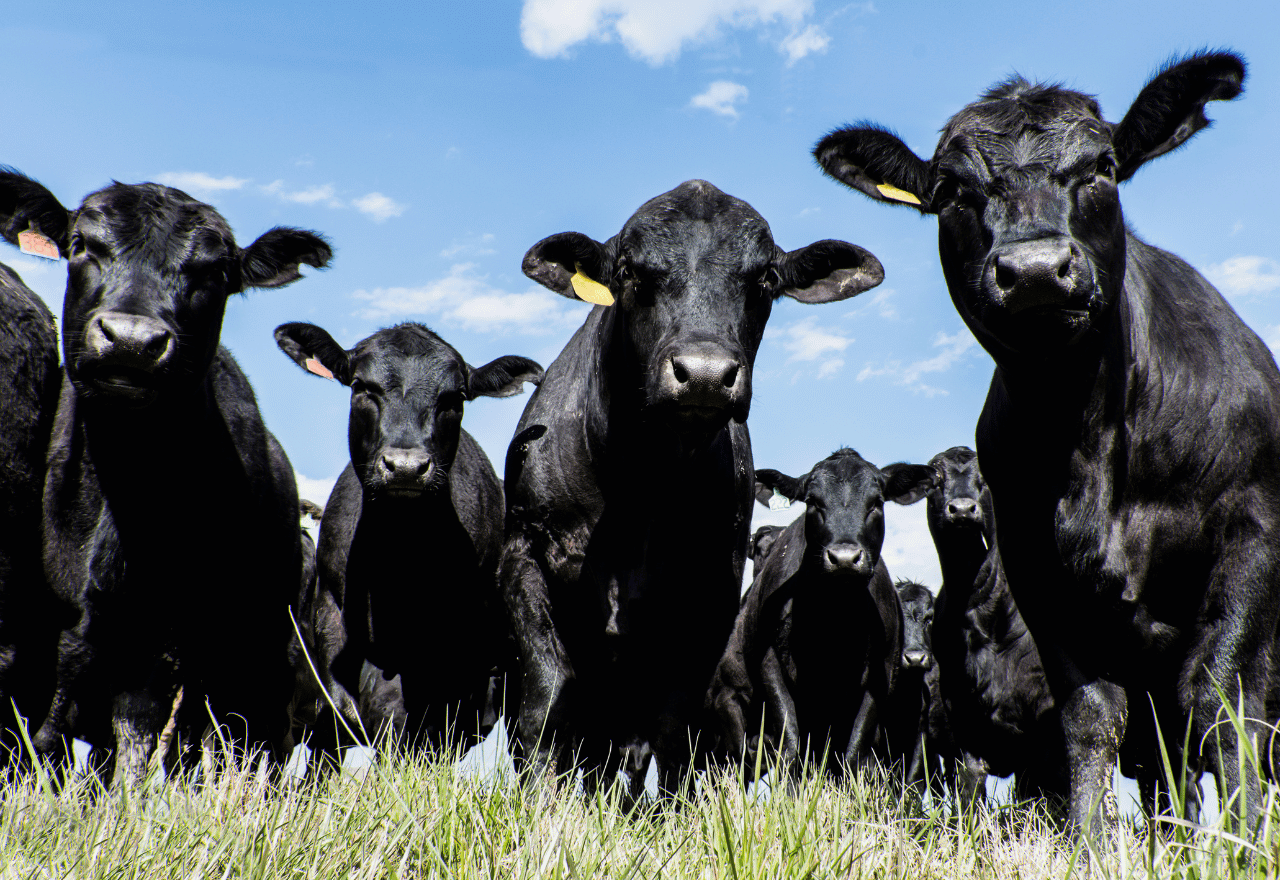
Mr Johnston agreed, noting the revised measurements do not mean the job is done, the industry is just better informed.
“It’s not a case of saying ‘we’re off the hook’."
"It’s more about having clarity on where we actually stand, so we can move forward and focus our efforts more effectively,” he said.
Grain-fed cattle typically emit less methane than grass-fed cattle, largely because their diet and environment can be tightly controlled.
However, Mr Johnston stressed that both systems are interconnected and essential.
“You can’t have grain-fed cattle without grass-fed systems. Cattle aren’t born in feedlots,” he said.
